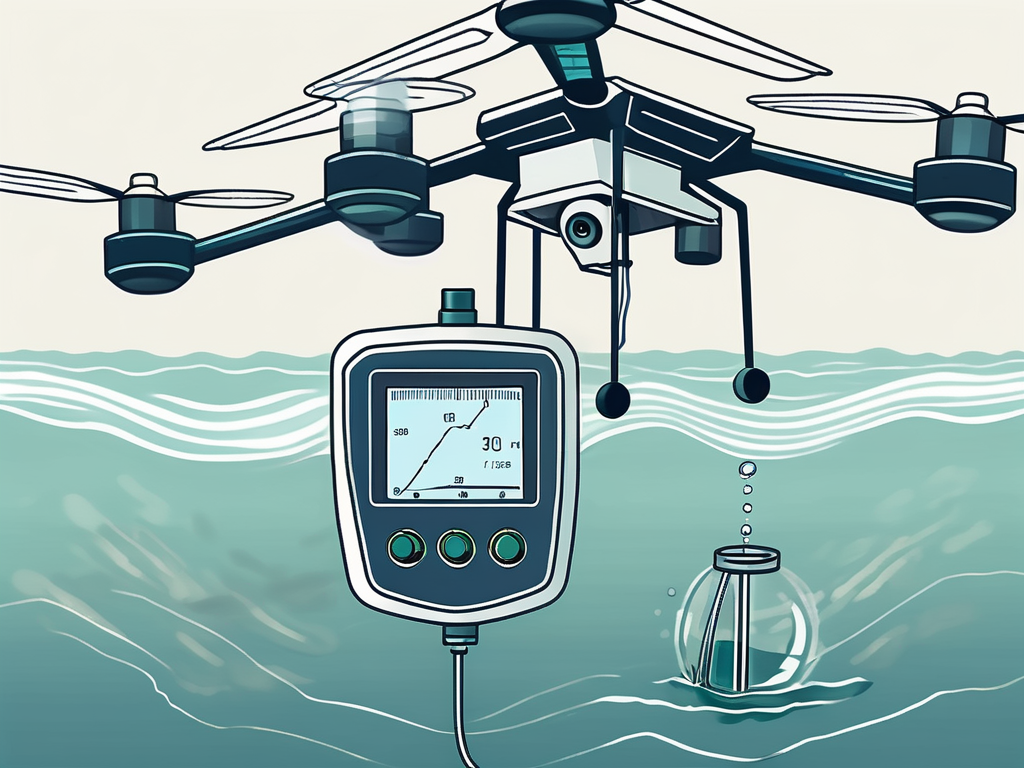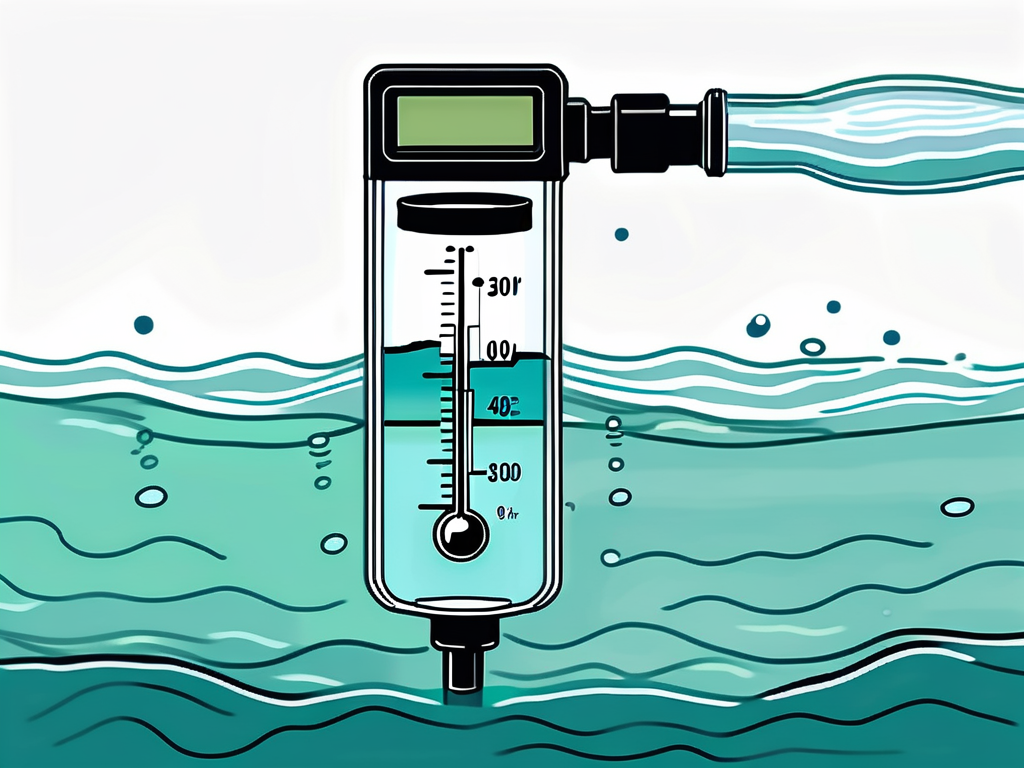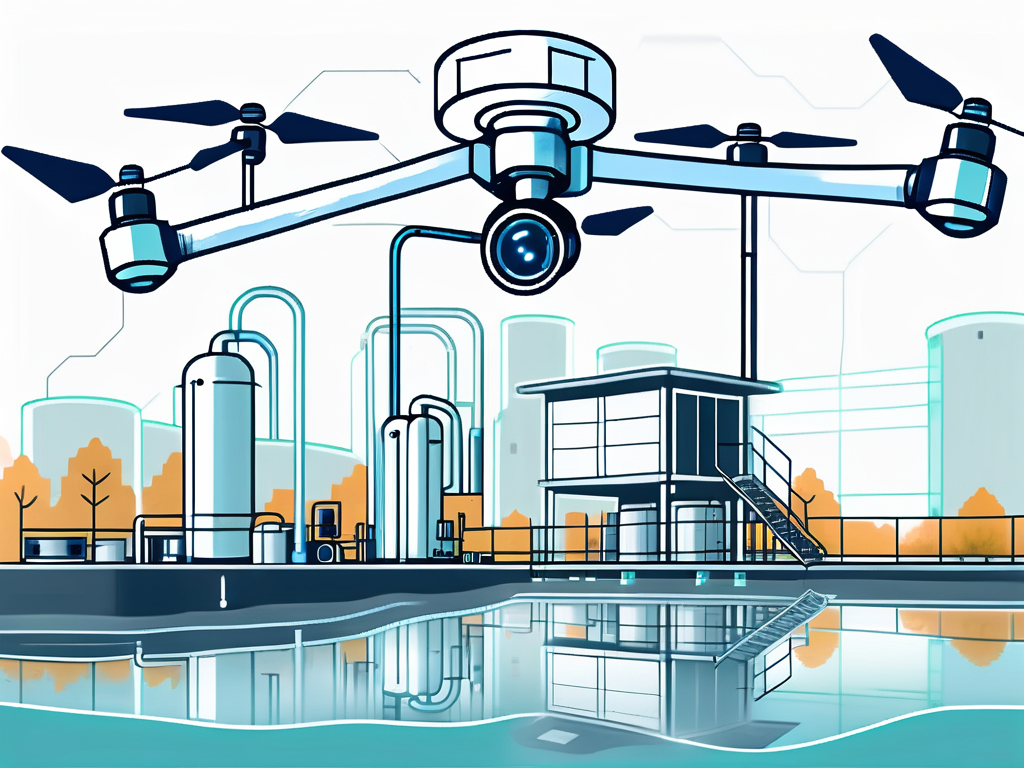
Enhancing Water Clarity through Remote Surveillance
In the world of water quality management, turbidity is a critical parameter that requires constant monitoring. It is a measure of the cloudiness or haziness in a fluid caused by large numbers of individual particles that are generally invisible to the naked eye. The challenge of maintaining optimal turbidity levels is one that many industries face, particularly those in the water treatment, brewing, and mining sectors. With advancements in technology, however, remote monitoring has emerged as an effective solution for optimizing turbidity.
The Importance of Turbidity Monitoring
Before delving into the benefits of remote monitoring, it's essential to understand the significance of turbidity in various industries. In water treatment facilities, high turbidity levels can indicate the presence of harmful microorganisms or pollutants, posing health risks to consumers. In breweries, turbidity can affect the taste, aroma, and appearance of the final product. In mining operations, excessive turbidity in wastewater can lead to environmental damage and regulatory penalties.

Therefore, accurate and timely turbidity monitoring is crucial. Traditional methods involve manual sampling and laboratory testing, which can be time-consuming and prone to human error. This is where remote monitoring comes into play, offering a more efficient and reliable approach.
Remote Monitoring: A Game Changer
Remote monitoring involves the use of sensors and communication technology to collect and transmit data from a specific location to a remote device or system. This technology has revolutionized turbidity monitoring by enabling real-time data collection and instant alerts for any anomalies.
With remote monitoring, industries can maintain optimal turbidity levels more efficiently. They can react to changes in water quality immediately, preventing potential health risks or product quality issues. Moreover, remote monitoring reduces the need for manual sampling, saving time and resources.
Key Features of Remote Monitoring Systems
Remote monitoring systems for turbidity come with various features that enhance their efficiency and reliability. These include real-time data collection, instant alerts, data logging, and remote access. Real-time data collection allows for immediate detection of any changes in turbidity levels. Instant alerts notify the relevant personnel about any anomalies, enabling prompt action. Data logging facilitates trend analysis and long-term water quality management, while remote access allows for monitoring from any location, at any time.
Moreover, advanced remote monitoring systems offer integration with other water quality parameters like pH, temperature, and conductivity. This provides a comprehensive view of the water quality, aiding in more effective management.
Implementing Remote Monitoring
Implementing remote monitoring for turbidity involves several steps, including selecting the right sensors, setting up the communication network, and integrating the system with existing infrastructure. The choice of sensors depends on the specific requirements of the industry. For instance, water treatment facilities might require sensors that can detect very low turbidity levels, while breweries might need sensors that can withstand high temperatures and pressures.

The communication network is another critical aspect. It should be reliable and secure, ensuring uninterrupted data transmission. The integration of the remote monitoring system with the existing infrastructure might require some customization, depending on the specific setup of the facility.
Benefits of Implementing Remote Monitoring
Implementing remote monitoring for turbidity offers numerous benefits. It enhances the efficiency of water quality management by enabling real-time monitoring and instant alerts. It reduces the need for manual sampling, saving time and resources. It also aids in compliance with regulatory standards, as it provides accurate and reliable data.
Moreover, remote monitoring facilitates proactive management. With real-time data and trend analysis, industries can predict potential issues and take preventive measures. This not only ensures optimal water quality but also reduces the risk of penalties or product recalls.
Conclusion
Optimizing turbidity is a critical aspect of water quality management in various industries. With the advent of remote monitoring technology, this task has become more manageable and efficient. By implementing remote monitoring, industries can ensure optimal turbidity levels, comply with regulatory standards, and enhance their overall water quality management.
As technology continues to evolve, the capabilities of remote monitoring systems are likely to expand, offering even more benefits in the future. Therefore, investing in remote monitoring for turbidity is not just a smart move for the present, but also a strategic decision for the future.
